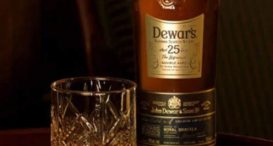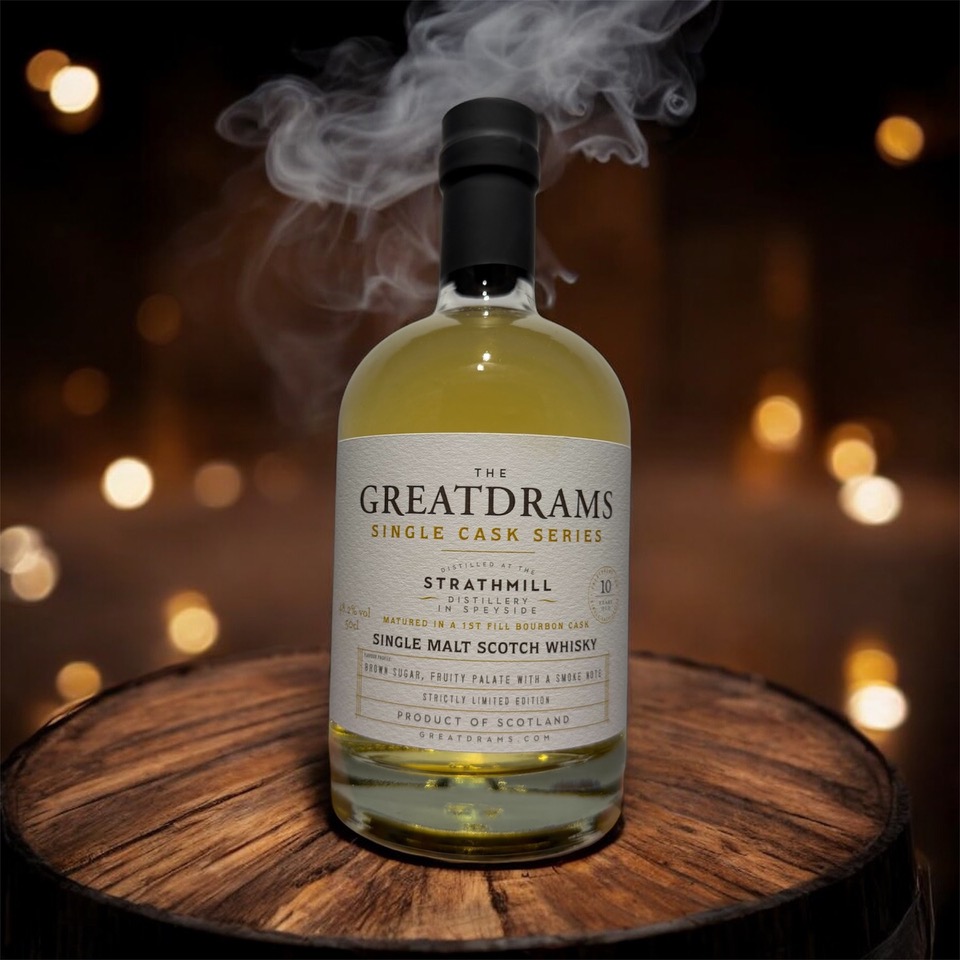The Art of Blending – How Blenders Maintain Consistency
let’s begin
Blending whisky is a delicate art, one that requires a well trained nose and palate.
Brief History of Blending
Blending has been in practice since the 1860s. Then, Andrew Usher of Edinburgh started blending Single Malts to create a more palatable whisky.
This, alongside the invention of the Coffey Still, which allowed for continuous distillation, meant that blends became very
popular.
For a long time blends were the whisky of choice for many consumers. However, in the 1990s, and in more recent years
especially, Single Malts have overtaken.
The Key to a Good Blend
The thing about blending is that it has to be done right. It takes a skilled Master Distiller to make an excellent blend and to ensure that the blend remains consistent.
Consistency is key to a good blend. In order to bring customers back, it is important for blends to have a flavor profile that doesn’t vary. Variance in flavour creates distrust about a brand and turns people away.
Imagine enjoying finding a malt that you love, that you are willing to invest in and mull over. Then the next time you go to drink it, it’s completely different and it’s not a good difference.
Why would you ever go back to that malt again?
That’s what blenders are challenged with not doing. They need to make a malt that has people coming back again and again because its good and reliable.
How do they do it?
Blenders will have a recipe that they use to ensure their malts are consistent. This is usually very secretive, although many blenders, like Compass Box, are keen to share as much as they can about their blends. Customers can really get to know a malt if they know where every aspect of it has come form.
As well as a recipe, blenders have to be well trained in being able to tell if a cask is finished maturing or not. By tasting casks they can tell when the right moment of bottling should be.
This might sound like case of try and see, but it’s a lot more complex than that.
The flavour has to be exactly right to maintain consistent and make sure that each bottle of blended whisky produced is the same as the last.
Master Distillers and blenders will train for decades to make sure they can do this correctly. They have well trained palates and noses that can decipher taste and understand if the whisky is ready.
At this point, a vat of the casks being used to make the blend is created. From here, the whisky is either married in casks or bottled.
Buy the Limited Edition BenRiach 5 Year Old Single Cask Single Malt Scotch Whisky by clicking here
What are your thoughts? Leave a comment below and let’s have a chat!













1 thought on “The Art of Blending – How Blenders Maintain Consistency”
Thank you for this content. Well-explained and well-detailed.